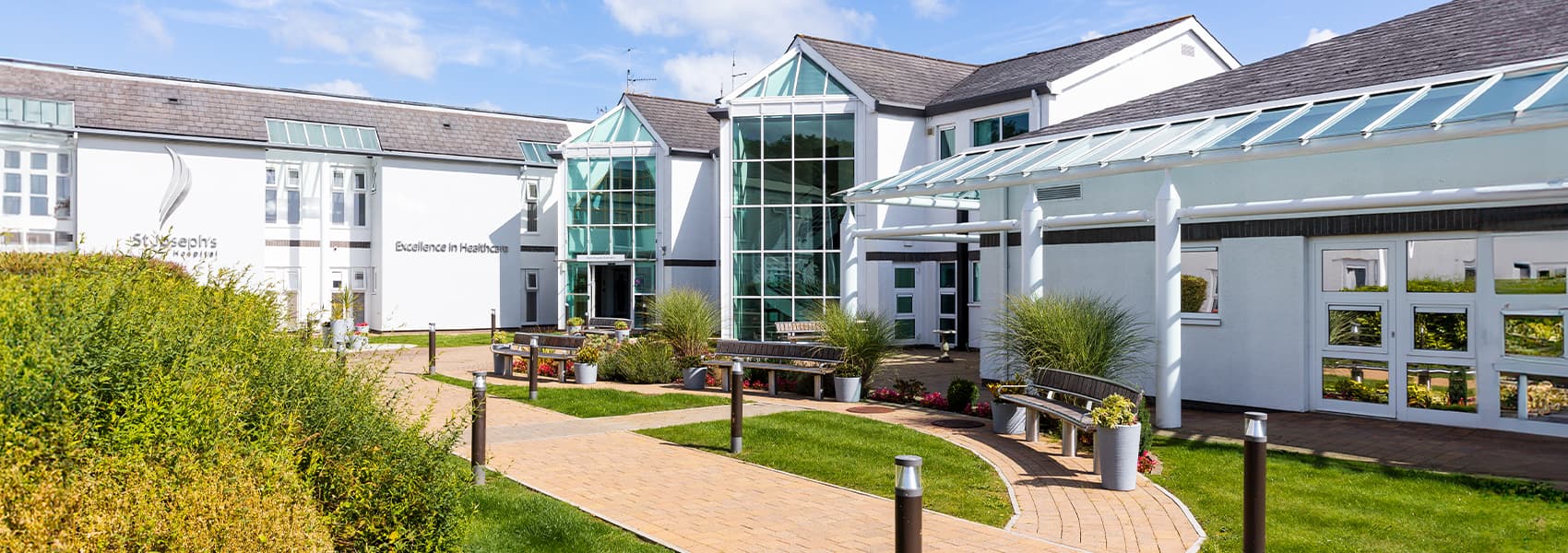Flat foot
Foot & Ankle
If you are suffering from foot or ankle pain, don’t let it impact your daily life. Take the first step towards effective treatment and a smooth recovery with one of our consultants.
Overview

Conditions and treatments
Ankle arthritis
Ankle arthroscopy and debridement
Achilles tendon
Ankle replacement
Ankle fusion
Foot arthritis
Hallux Valgus (bunions)
Heel pain
Hallux Rigidus
Lesser toe deformity
Mortons neuroma
Orthotics
Osteochondral defects
Ankle ligament repair
Sprains and instability
Fractures
Big Toe Cheilectomy
Big Toe Joint Fusion
Ways to pay

Paying for yourself
Our transparent pricing and bespoke packages allow you to pay for the treatments and services you need, when you need them.

Using private health insurance
Many of our dedicated consultants have partnered with insurance companies to give you peace of mind with your health.
Contact us
For more information call one of our friendly patient advisors or book online using the button below.








